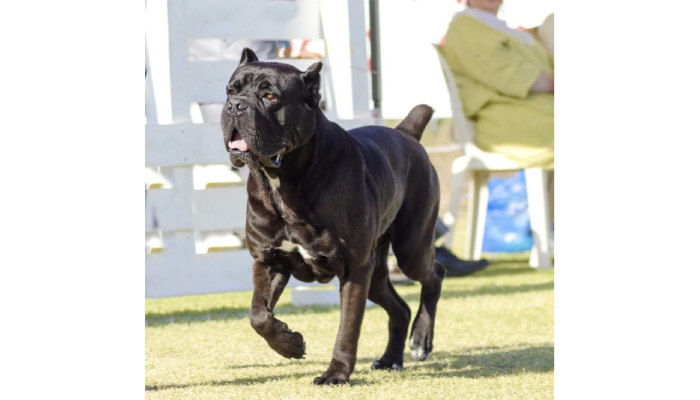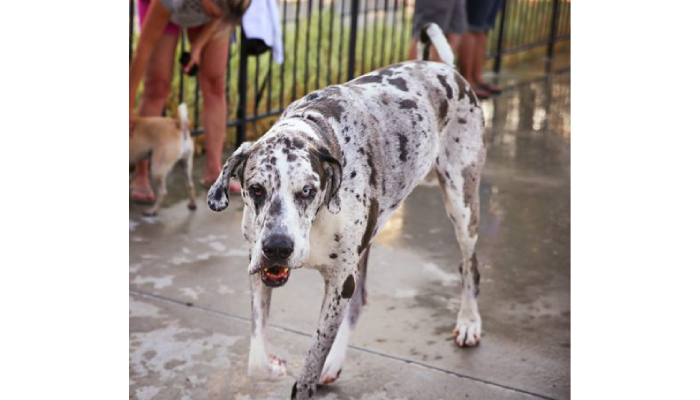Dog bites can happen in the blink of an eye, and they often leave behind more than just physical scars. These incidents can lead to emotional trauma for both the victim and the dog involved. As a responsible pet owner or community member, understanding how to prevent these occurrences is crucial. This is where a dog bite prevention expert comes into play.
Imagine having someone guide you through the essential steps to create a safe environment for your family and furry friends. Whether you’re worried about potential risks at home or looking for training techniques that encourage good behavior, this expert will help you navigate it all. Preparing for their visit is not only beneficial—it’s essential in promoting safety and well-being within your household.
Let’s dive deeper into what you need to do before that important meeting with your dog bite prevention expert!
Understanding the Role of a Dog Bite Prevention Expert
A dog bite prevention expert plays a crucial role in promoting safety around dogs. Their primary focus is to educate pet owners, families, and the community on recognizing warning signs of aggressive behavior.
These professionals assess both canine and human interactions. They identify triggers that could lead to bites and provide strategies for avoiding dangerous situations.
Additionally, they offer tailored training sessions designed to enhance communication between dogs and their owners. This fosters an environment where positive behaviors are encouraged while minimizing risks.
Understanding breed-specific tendencies can also be within their expertise. They help families choose the right dog for their lifestyle, ensuring a compatible match that reduces potential conflicts.
Through workshops and consultations, these experts empower individuals with knowledge. Each session aims at creating safer environments for everyone involved—both humans and our furry companions alike.

Identifying Potential Risks and Hazards in Your Home
To ensure a safe environment, start by examining your home for potential risks. Look closely at areas where your dog spends the most time. Is there clutter that could create obstacles? Items like shoes or toys left on the floor can lead to accidents.
Next, consider how guests interact with your dog. Are there certain rooms where visitors tend to congregate? These spaces might need extra attention since unfamiliar people can trigger anxiety in dogs.
Pay special attention to gates and fences too. Weak spots may allow an adventurous pup to escape or lead unwanted visitors into their space.
Don’t forget about children’s play areas. They often attract curious dogs but can pose dangers if proper supervision isn’t maintained.
Think about any unusual noises from outside, such as mail carriers or lawn equipment. These sounds might provoke stress responses in dogs and increase bite risk if not managed correctly.
Important Training and Socialization Techniques for Dogs
Training and socialization are crucial for any dog. These elements help shape a well-behaved canine companion. Start with basic commands like “sit,” “stay,” and “come.” Consistency is key here.
Socialization involves exposing your pup to various environments, people, and other animals. This exposure helps them become more adaptable and less fearful of new situations.
Use positive reinforcement techniques to encourage good behavior. Treats, praise, or playtime can motivate dogs effectively. It builds their confidence while strengthening your bond.
Group classes offer an excellent opportunity for both training and socializing. They provide controlled settings where dogs can interact under professional guidance.
Remember that each dog learns at its own pace. Patience goes a long way in ensuring effective training sessions without causing stress or anxiety for your furry friend.
Proper Etiquette for Interacting with Dogs
When interacting with dogs, understanding their behavior is key. Always approach a dog calmly and quietly. Sudden movements can startle them.
Before petting, ask the owner for permission. Not all dogs are comfortable with strangers, even if they seem friendly.
Let the dog come to you first. This allows them to gauge your energy and decide if they want to engage.
Avoid direct eye contact initially; it can be perceived as a threat. Instead, look at the dog’s body language for cues on whether they’re open to interaction.
If invited closer, offer your hand palm down for sniffing before reaching out to pet them gently on the side or back—never over the head without an introduction.
Remember that not every wagging tail means excitement; some dogs may feel anxious or agitated despite appearing playful. Respect their space and signals always.
Preparing Your Household for the Visit
Before the dog bite prevention expert arrives, it’s essential to create a welcoming and safe environment. Start by tidying up your living space. Clear away any clutter that might pose risks during their assessment.
Next, ensure all pets are secured in a separate area. This helps the expert focus on safety evaluations without distractions or potential incidents involving your furry friends.
Gather relevant documents about your dog’s behavior and history. Notes on previous training sessions or any behavioral issues can provide valuable insights for the expert.
Prepare questions you may have regarding dog bites and prevention strategies. Having these ready will make the most of your time with the professional. Your proactive preparation sets a solid foundation for effective discussions around keeping everyone safe from dog bites.
Implementing Safety Measures After the Visit
After your session with the dog bite prevention expert, it’s time to put knowledge into action. Start by reviewing the recommendations made during their visit. These tailored strategies are crucial for enhancing safety in your home.
Next, update any training routines you established. Consistency is key when teaching dogs appropriate behavior and responses to various situations. Regular practice reinforces what you’ve learned.
Don’t forget about creating designated safe spaces for both pets and visitors. This can include gates or barriers that help manage interactions effectively.
Keep communication open among all family members regarding new protocols. Discussing expectations ensures everyone understands how to interact safely with your dog and reduces potential misunderstandings or accidents down the line.
Conclusion
Understanding dog bite prevention is essential for every pet owner. By working with a certified dog bite prevention expert, you can gain valuable insights into how to create a safer environment for both your family and your furry companions.
Taking the time to identify potential risks in your home will help minimize the chances of accidents. Implementing proper training techniques ensures that your dog behaves appropriately around various situations and people.
Additionally, knowing how to interact respectfully with dogs fosters positive relationships between pets and humans. Preparing your household ahead of their visit demonstrates commitment to improving safety measures.

Mary Burns is a dedicated writer focusing on health and fitness topics. With a passion for promoting wellness and vitality, Mary shares her knowledge and expertise through engaging and informative blog posts.




